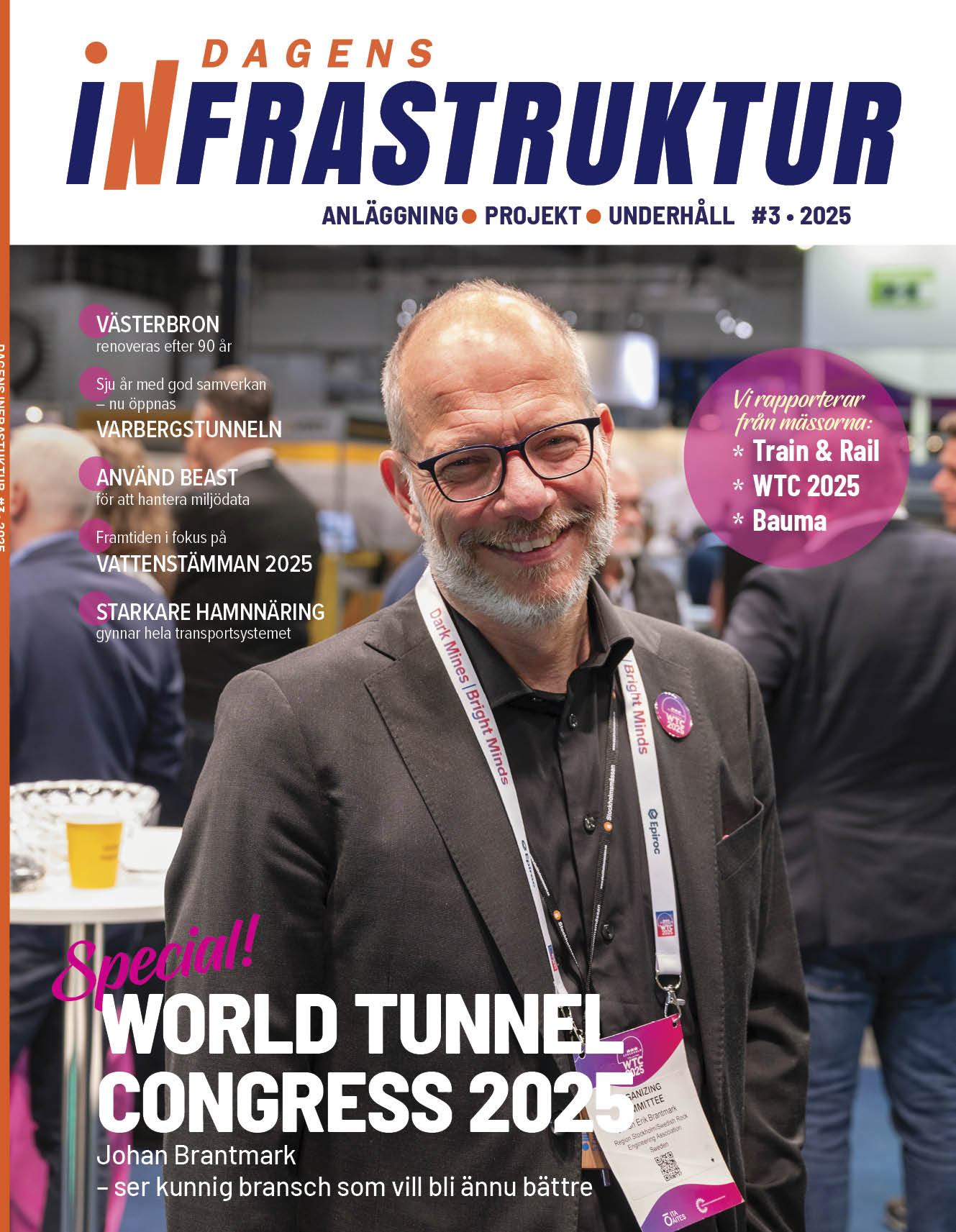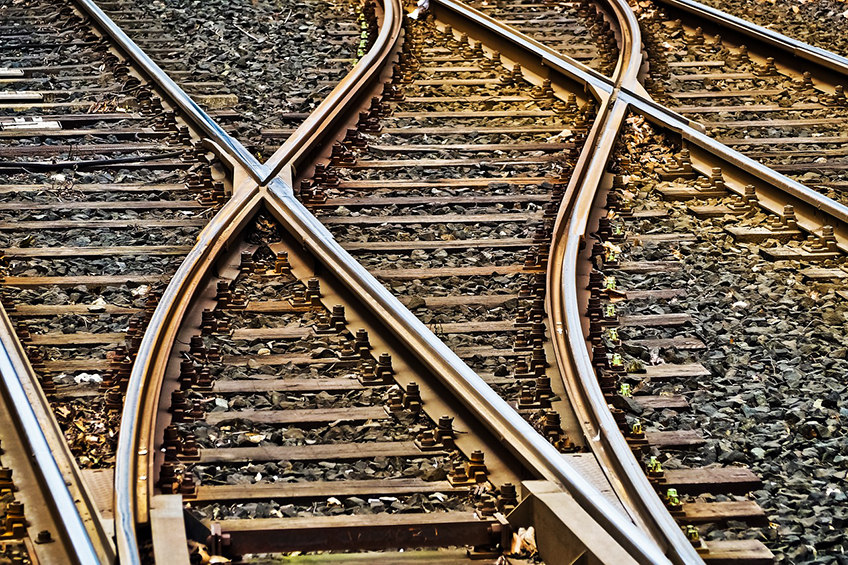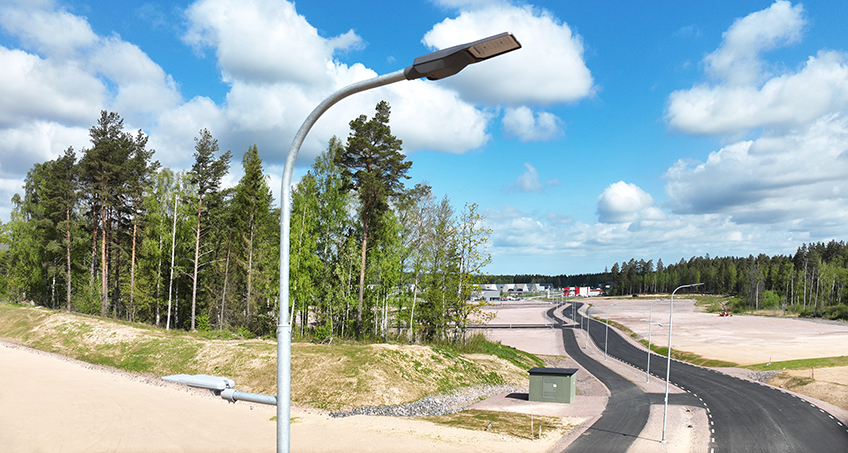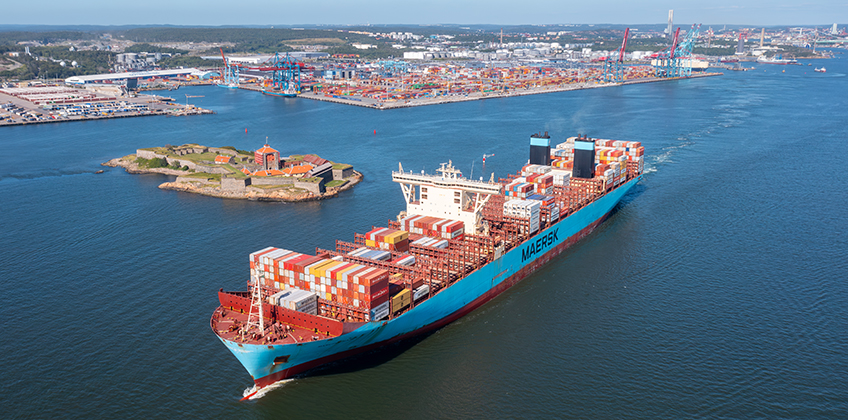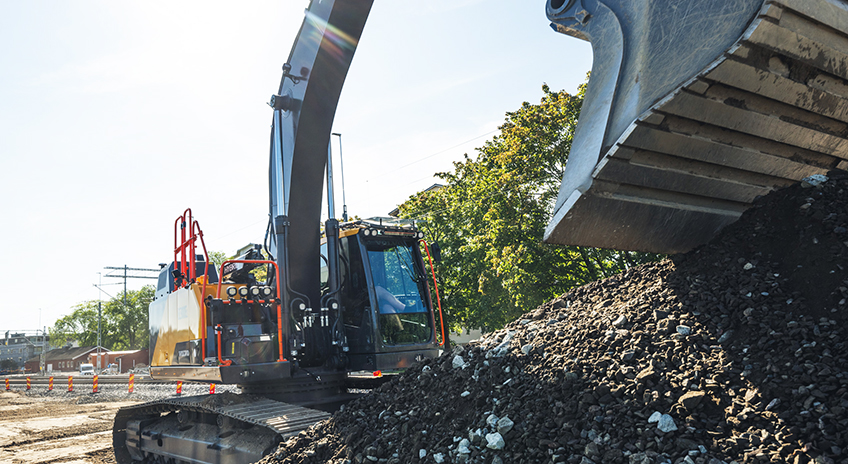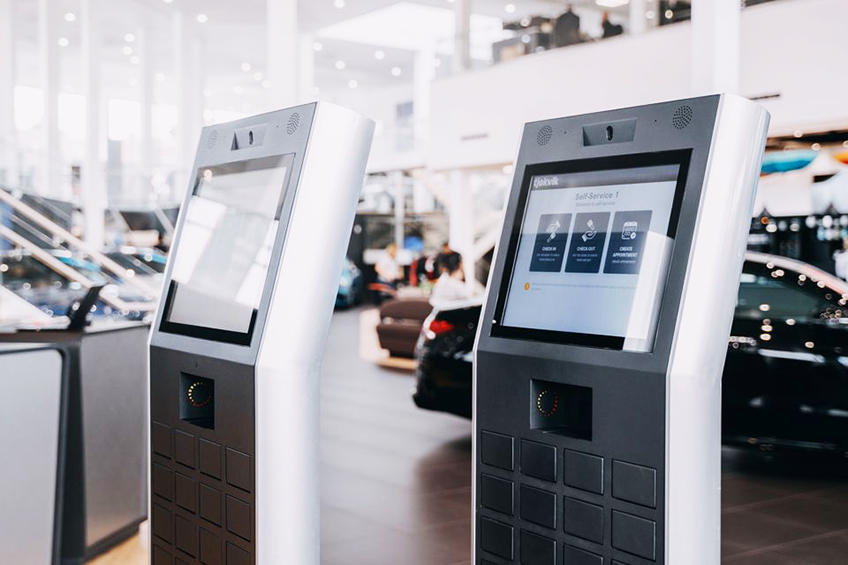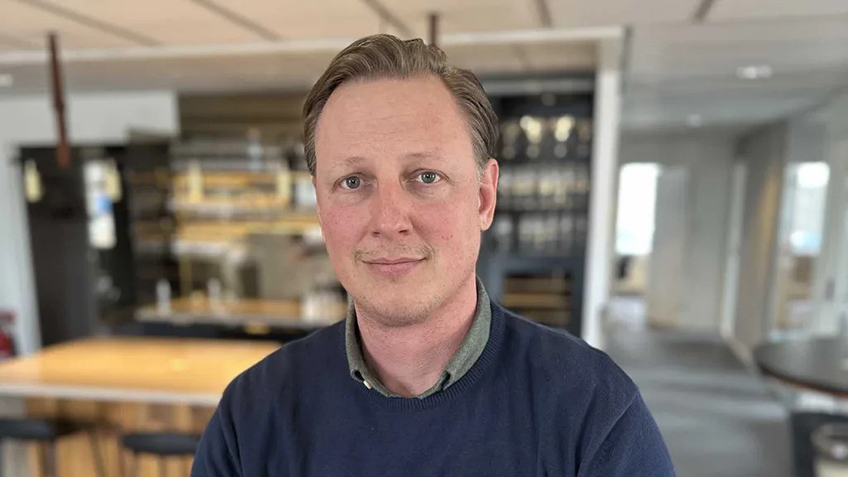Stråket mellan Oslo och Stockholm är nu formellt en del av EU:s prioriterade järvägsförbindelser. Detta efter ett beslut i Europaparlamentet, den 24 april 2024. Oslo-Stockkholm pekas ut som en del av ScanMed-korridoren, som i sin tur är en viktig beståndsdel i Trans-European Transport Corridors (TEN-T).
I en intervju med Pat Cox, koordinator för TEN-T:s Scandinavian-Mediterranean korridor (ScanMed) utvecklar han sin syn på vikten av en väl fungerande järnväg och betydelsen för Oslo-Sthlm 2.55 av att formellt tillhöra ScanMed-korridoren. Cox är positivt inställd till sättet Oslo-Sthlm 2.55 arbetar, med att hitta lösningar för samfinansiering mellan privata och offentliga aktörer.
– Vi uppmuntrar modeller som den Oslo-Stockholm arbetar med. Att involvera privat finansiering i en blandning med tillgängliga nationella och EU-resurser erbjuder en potentiellt innovativ väg framåt, säger Pat Cox, samtidigt som han beskriver att arbetssättet är ovanligt inom TEN-T.
Nedan följer hela intervjun med Pat Cox.
“Transport infrastructure can be a game changer when it comes to regional and local development”
The ScanMed corridor, part of the Trans-European Transport Corridors (TEN-T), is playing a crucial role in European connectivity. Membership in the corridor provides projects with visibility and funding access while promoting collaborative governance. Oslo-Sthlm 2.55 is now part of the ScanMed corridor. European Coordinator for the TEN-T Scandinavian-Mediterranean Corridor, Mr Pat Cox, provides his perspective on the benefits of the project’s new status. The interview is exclusive to Oslo-Sthlm 2.55’s website.
Could you please describe what the ScanMed corridor is?
– The Scandinavian Mediterranean Corridor is one of the nine Trans-European Transport Corridors (TEN-T). These multimodal transport corridors are the main arteries of the European transport network and bundle the major traffic flows across the Union. The corridors and their related requirements for the corridor infrastructure are defined in the EU’s TEN-T regulation.
The concept Oslo-Sthlm 2.55:s work on establishing a better train connection involves a co-financing model between companies and the public sector. What is your experience with similar approaches within the EU?
– At the moment our experiences are very limited in this regard. Generally major railway infrastructure projects in our corridor are financed through public budgets often with significant EU co-funding through the Connecting Europe Facility (CEF), which is the EU’s purse for transport infrastructure investments.
– However, as public resources are scarce, the needs are great, and our calls for proposals are hugely oversubscribed, I and my fellow coordinators have been advocating for new innovative ways of financing major infrastructure projects in Europe for many years. We happily encourage models such as that foreseen for Oslo-Stockholm. Crowding-in private finance in a blended mix with available national and EU resources clearly offers a potentially innovative way forward. In terms of eco-efficiency, competitiveness, and enhanced connectivity, the risk is that being late equates to losing out.
Based on your experience, what significance does being considered a part of the ScanMed corridor hold for infrastructure projects?
– Being part of the corridor in the first instance gives projects visibility. It confirms that they constitute EU added value as a crucial part of the European transport system. It is a trademark not only for EU co-funding but also for other financing sources.
– Secondly, it opens the door and gives access to the corridor governance process. The corridor combines bottom-up and top-down elements in a multi-level governance system, involving the EU, Member States, regional stakeholders, and key actors and project promoters from the transport sector, bringing Europe closer to them and them closer to Europe. The bi-annual Corridor Forum is a key gathering point that serves as a platform for communication, dialogue and leadership.
In your work with infrastructure issues, particularly train traffic, how would you describe the role and importance of trains in Europe?
– Trains are the most sustainable mode of transport available, emitting many times less CO2 emissions than road or air traffic. Railways are the backbone of our transport system. It is the ideal mode of transportation for goods over long distances as well as for passenger trips up to at least 500km. However, the potential of rail in Europe remains underexploited and hampered by diverging national operational rules and infrastructure standards. This is what TEN-T policy aims progressively to overcome by assuring the necessary infrastructure to allow increasingly seamless long-distance cross-border railway transport for passengers and goods all across Europe.
Local communities often emphasize the importance of functioning infrastructure. How significant do you believe the Oslo-Stockholm corridor is for municipalities, businesses, and residents in the vicinity?
– Transport infrastructure can be a game changer when it comes to regional and local development, exercising a positive transformative effect on host communities. Increased accessibility, better services, and less travel time offer the prospect of economic, social, educational, cultural, and environmental progress. The Oslo – Stockholm link and its hinterland can benefit from the prospects associated with the dynamics of a well-connected macro-region between the two capital cities as regards housing, educational, cultural, and job opportunities. These arise from increased accessibility, better and environmentally friendly services, and less travel time.
Climate change is an ongoing issue. How do you think it should be valued in relation to the need for new and improved train connections?
– As we know Oslo and Stockholm are only 500 km apart but this connection is one of the busiest air routes in Europe. Shifting a significant amount of passengers to a quality rail option would lead to significant emission savings. By way of example, look at what happened between Madrid and Barcelona, a distance of over 600km, where few now travel by air and most by train, a total reversal of what happened before the high speed rail link was established. In addition to passenger transport modal shift, better rail connections could also lead to a shift from road to rail for goods transport. Climate change considerations are an additional major argument for developing this new and improved connection between Oslo and Stockholm.

